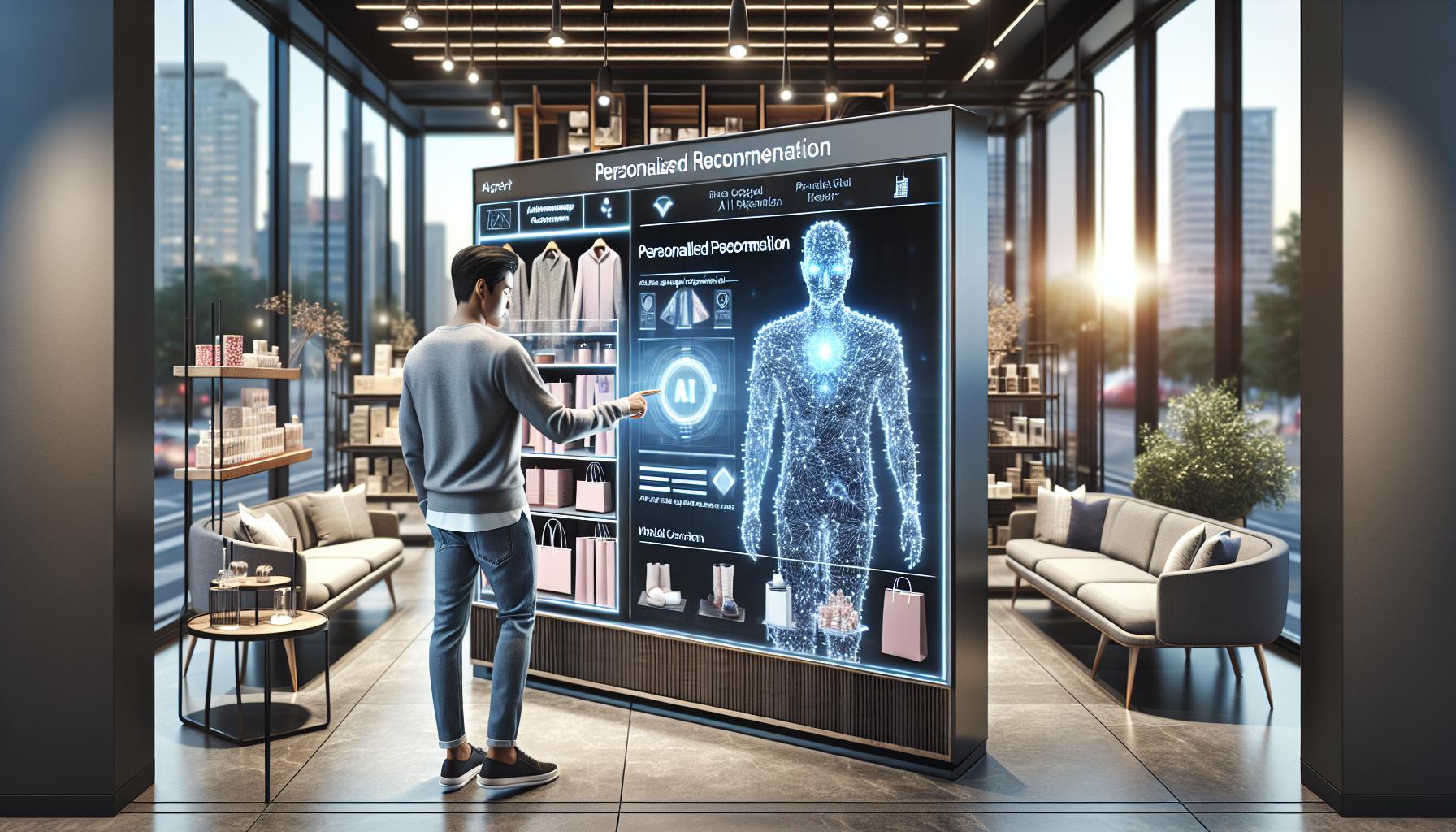Embark on a journey through the intricate world of marketing customer journeys, where every twist and turn leads to a potential sale. As a Sales Funnel Builder expert, you understand the importance of guiding customers through each stage of the buying process with precision and finesse. Join us as we unravel the secrets of creating seamless pathways for customers to travel from awareness to conversion, and discover how to unlock the true power of the sales funnel.
Table of Contents
- Mapping Out the Customer Journey for Marketing Success
- Understanding the Different Stages of the Customer Journey
- Maximizing Engagement at Every Touchpoint
- Creating Personalized Experiences to Drive Conversions
- Utilizing Data Analysis to Optimize the Customer Journey
- Measuring Success and Iterating for Continuous Improvement
- In Summary
Mapping Out the Customer Journey for Marketing Success
Creating a successful marketing strategy requires mapping out the customer journey from start to finish. By understanding the different stages that a customer goes through before making a purchase, you can tailor your marketing efforts to meet their needs at each step of the process. This not only helps you attract new customers but also keeps them engaged and loyal to your brand.
Here are some key points to consider when :
-
- Identify your target audience: Understand who your ideal customers are and what motivates them to make a purchase.
-
- Create a seamless experience: Ensure that your marketing messages are consistent across all channels to provide a cohesive experience for your customers.
-
- Provide valuable content: Offer helpful and relevant content to educate and engage your customers throughout their journey.
Understanding the Different Stages of the Customer Journey

is crucial for creating a successful marketing strategy. Each stage represents a unique opportunity to engage with potential customers and guide them through the sales funnel. By tailoring your messaging and content to meet the needs of customers at each stage, you can increase conversions and build long-lasting relationships.
There are typically four main stages in the customer journey:
-
- Awareness: This is the stage where customers become aware of your brand or product. It’s important to create compelling content that grabs their attention and educates them about what you offer.
-
- Consideration: Once customers are aware of your brand, they move into the consideration stage. Here, they are evaluating your product or service against competitors. Providing detailed information and case studies can help them make an informed decision.
-
- Decision: In the decision stage, customers are ready to make a purchase. This is the time to showcase the benefits of your product or service and highlight any discounts or promotions to encourage them to take action.
-
- Retention: After a customer makes a purchase, your focus shifts to retaining their business. This stage involves providing excellent customer service, asking for feedback, and offering loyalty programs to keep customers coming back.
Maximizing Engagement at Every Touchpoint

When it comes to optimizing your sales funnel, it’s essential to focus on of the customer journey. From the initial awareness stage to the final conversion, each interaction with your potential customers is an opportunity to connect with them and guide them further down the sales funnel.
One effective way to enhance engagement is by personalizing the customer experience. By tailoring your messaging and content to address the specific needs and interests of individual customers, you can make them feel seen and valued. Additionally, incorporating interactive elements such as quizzes, polls, and surveys can encourage active participation and provide valuable insights into customer preferences. To further optimize engagement, consider implementing email marketing automation to deliver timely, relevant content to your audience, nurturing their interest and guiding them towards a purchase decision.
Creating Personalized Experiences to Drive Conversions

In today’s digital era, creating personalized experiences for your customers is crucial in driving conversions. By tailoring your sales funnel to cater to the unique needs and preferences of each individual, you can significantly increase the likelihood of converting leads into paying customers. One way to achieve this is by analyzing customer data and behavior to understand what resonates with them, then using this information to personalize their journey through your sales funnel.
Utilizing tools like email marketing automation and CRM software can help you segment your audience based on their interests, purchase history, and engagement level. This allows you to send targeted and relevant content to each segment, making them feel valued and understood. Additionally, incorporating personalized recommendations and offers based on their previous interactions with your brand can further enhance their experience and increase the likelihood of conversions. By focusing on creating personalized experiences for your customers, you can build stronger relationships with them and ultimately drive more sales for your business.
Utilizing Data Analysis to Optimize the Customer Journey
When it comes to creating an effective marketing customer journey, data analysis is key. By analyzing the data collected at each stage of the customer journey, you can gain valuable insights into your target audience’s behavior, preferences, and pain points. This information can then be used to optimize each touchpoint in the funnel, ultimately leading to higher conversion rates and increased customer satisfaction.
Here are a few ways data analysis can help you optimize the customer journey:
-
- Identify bottlenecks: By analyzing data on customer behavior, you can pinpoint any bottlenecks or areas of friction in the funnel that may be causing drop-offs.
-
- Personalize the experience: Use data insights to tailor the customer journey to individual preferences, creating a more personalized and engaging experience.
-
- Track performance: Monitor key performance indicators to measure the effectiveness of each stage of the funnel and make data-driven decisions to optimize the customer journey.
Measuring Success and Iterating for Continuous Improvement
One crucial aspect of optimizing your sales funnel is to constantly measure its success and iterate for continuous improvement. By analyzing key performance metrics, you can identify areas of strengths and weaknesses in your marketing customer journey. This data-driven approach allows you to make informed decisions on how to enhance your funnel and drive better results.
Some important metrics to track include conversion rates at each stage of the funnel, bounce rates, average time on page, and customer acquisition cost. By regularly monitoring these metrics, you can pinpoint where prospects are dropping off in the journey and take steps to optimize those specific touchpoints. Remember, the key to a successful sales funnel is to continuously test, learn, and adapt based on the data you collect.
In Summary
As you embark on your journey to creating a successful sales funnel, remember that understanding your customer’s journey is key to unlocking their potential. By crafting a personalized experience that guides them seamlessly from awareness to conversion, you can build lasting relationships and drive sustainable growth for your business. So, embrace the power of the marketing customer journey and watch your sales funnel thrive like never before. Here’s to your success!

